A few tips on how to make everyone happy
1. Basic workflow of a Photo shoot
- Define objective
For example: campaign photos for the new collection, corporate images, ...
- List general requirements
What is the budget? How extensive should the shoot be? Only photos or video? Timetable? Etc.
- Assign responsibilities
Define each task clearly and determine the person responsible.
- Create Briefing & Moodboard
These two documents are the most important tools for everyone to know what to do and how to do it.
- Choose a photographer
Every photographer has his style. This should fit as good as possible to the planned shoot.
- Work through your shooting checklist
Set outfits, get clothes ironed, organize accessories, assure staff appearance, catering, ...
- Perform the shooting
Work focussed, but stay flexible. Not everything is plannable.
- Make a preselection with the photographer
Select the previously agreed number of photos to be edited with the photographer.
- Select and release final photos
When selecting, also define the media matrix (website, catalog, posters, social media, ...)
2. Avoiding common mistakes
- Make sure you have a coherent concept
The planned photos should fit the label and advance it with regard to a specific goal (branding, customer loyalty, interaction, ...). If necessary, get assistance by an Art Director.
- Talk to each other
All people involved must know exactly what you expect from them, especially the photographer. Otherwise you lose time on the set and risk to miss the objective of the shooting.
My advice: Get in touch and stay in touch with all relevant stakeholders to make sure you have the same understanding and fix it in writing.
- Clarify image usage
It is important that the photographer knows in advance what the photos are to be used for. Technically and creatively it makes a difference whether the images will be used for e.g. social media, posters, banners or a catalog. It is also a question of the rights agreed with the protographer.
- Be aware of clothing sizes
Every piece has to fit perfectly during the shoot. In general, the standard dress size for female models is 34, but depending on the individual model this may differ.
- Prepare clothes pedantically
The clothes must be in perfect shape. So smoothed, possibly ironed and strengthened. In the pictures you can see every fold. Some defects can be eliminated in retouch, but not all and extensive retouch means extra costs.
- Think of accessories
Accessory such as jewelry, scarves, shoes, bags, belts, ... are almost always necessary to achieve the desired image effect. It should be available in excess during the shoot, as you may have to adjust a previously defined styling on-site.


